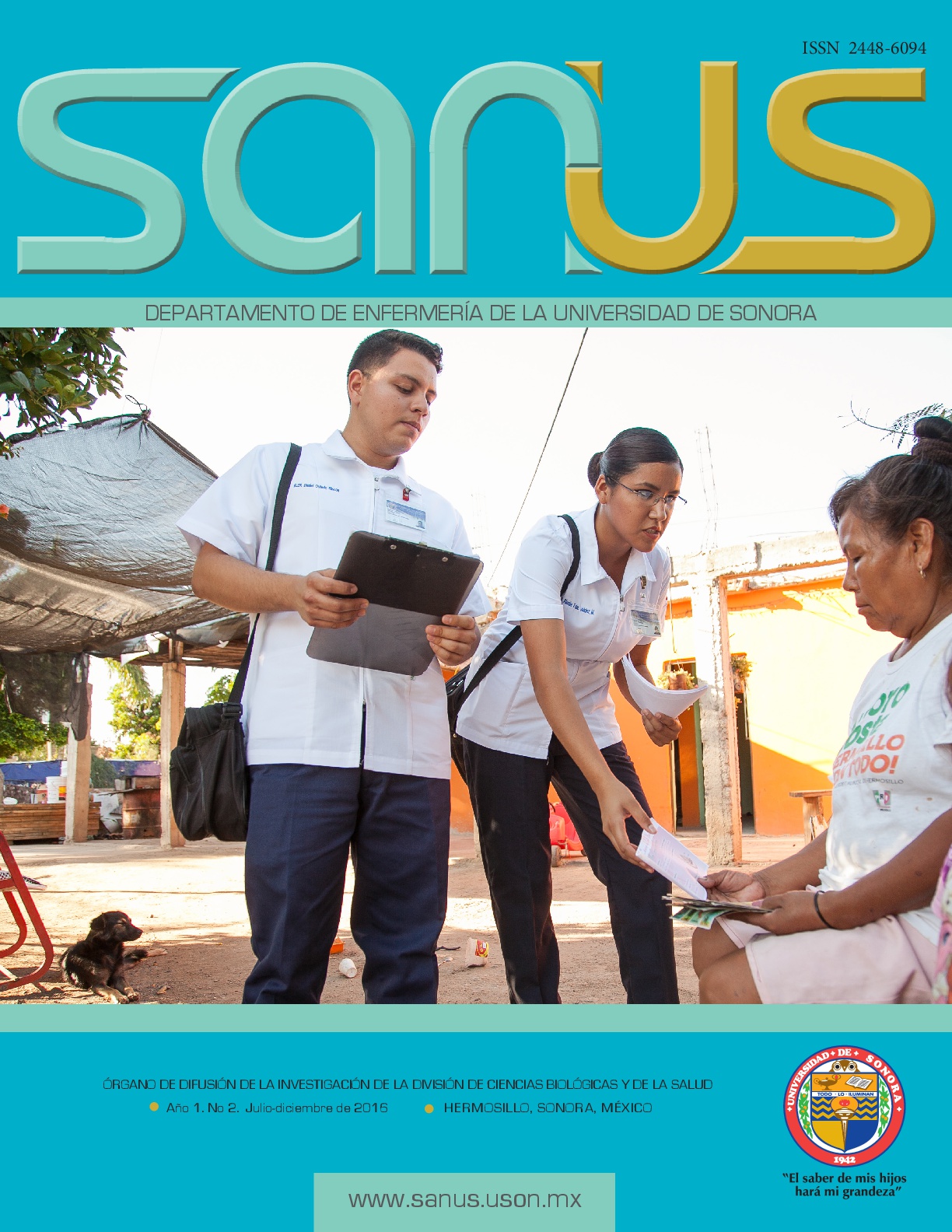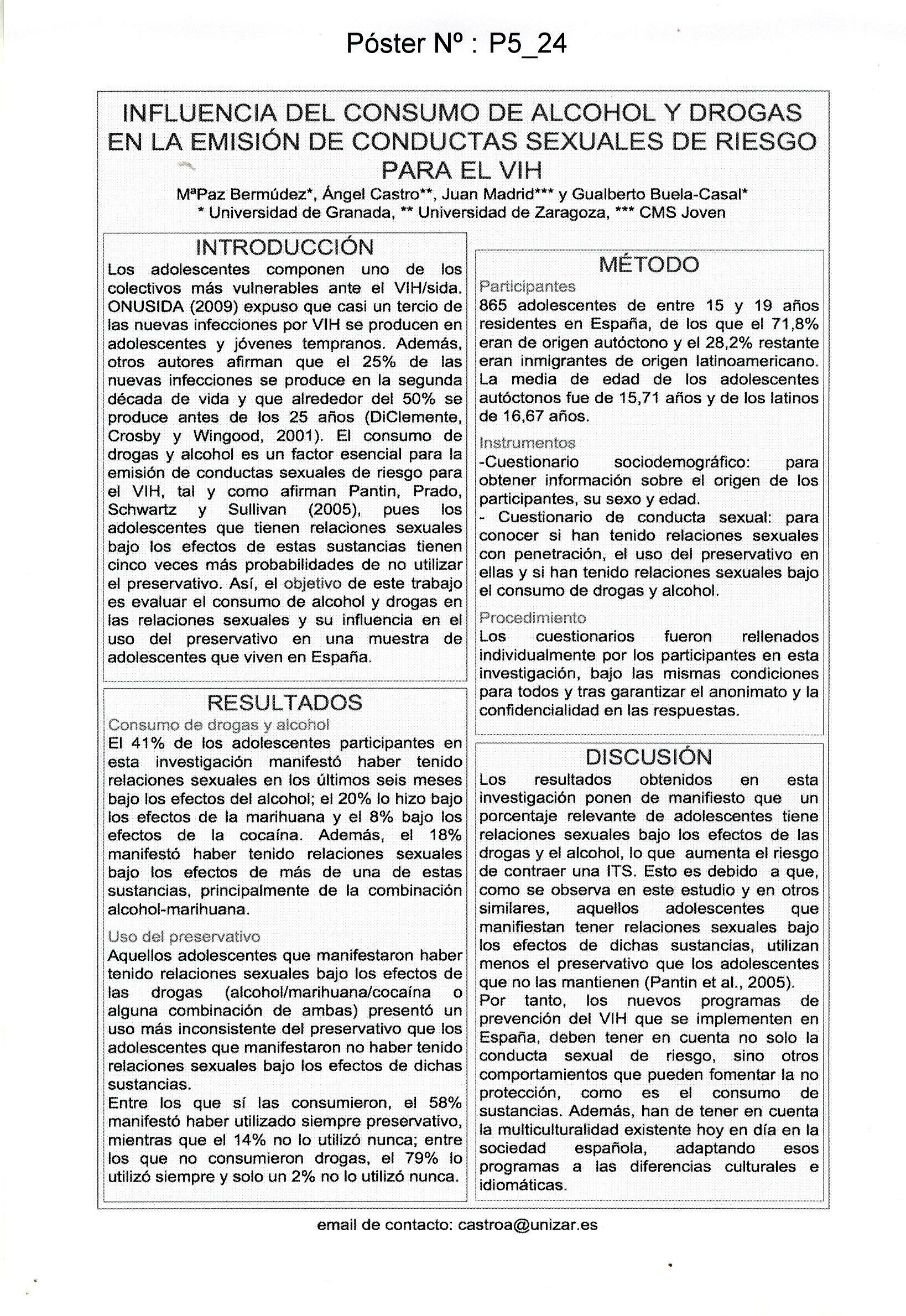Resumen
Sexual risk behaviors of young gay and bisexual men must be understood within the context of other health concerns (e.g., anxiety, substance abuse), population-specific factors (i.e., the coming-out process and gay-related stress), childhood sexual abuse, and other theoretical factors (e.g., safer-sex intentions). The current report proposes and longitudinally examines a model of risk factors for subsequent sexual risk behaviors among young gay and bisexual men in New York City. As hypothesized, more negative attitudes toward homosexuality, more substance abuse symptoms, and poorer intentions for safer sex were directly associated with a greater likelihood of unprotected anal sex over the following year. Furthermore, lower self-esteem, more anxious symptoms, and childhood sexual abuse were related to more unprotected anal sex indirectly through more sexual partners, sexual encounters, and substance abuse symptoms. These findings suggest that interventions targeting sexual risk behaviors of young gay and bisexual men may be more effective if they also address mental health concerns and aspects of the coming-out process. (Resumen extraído del artículo)






